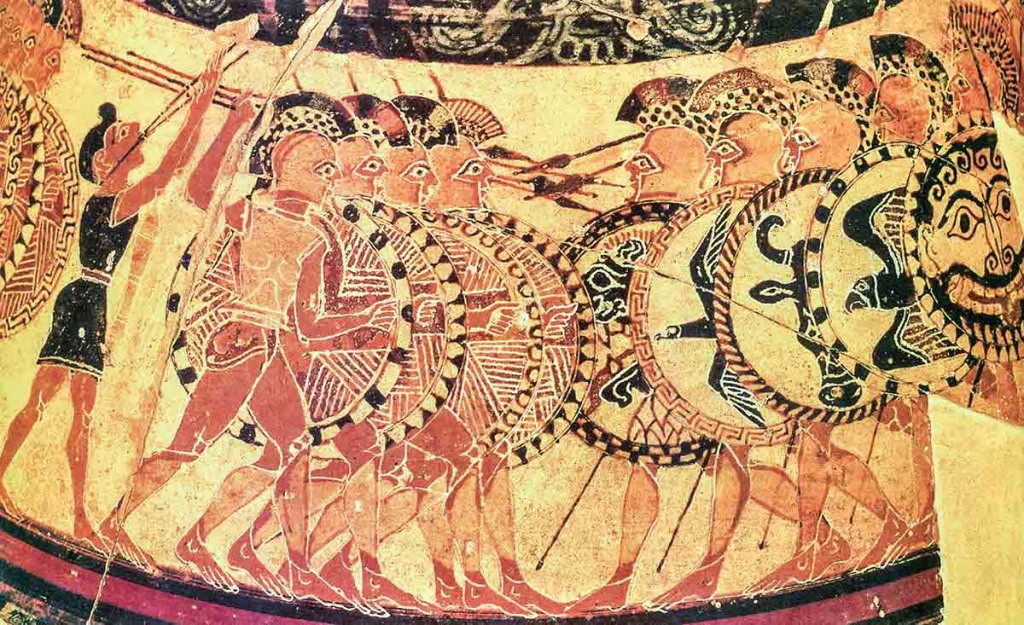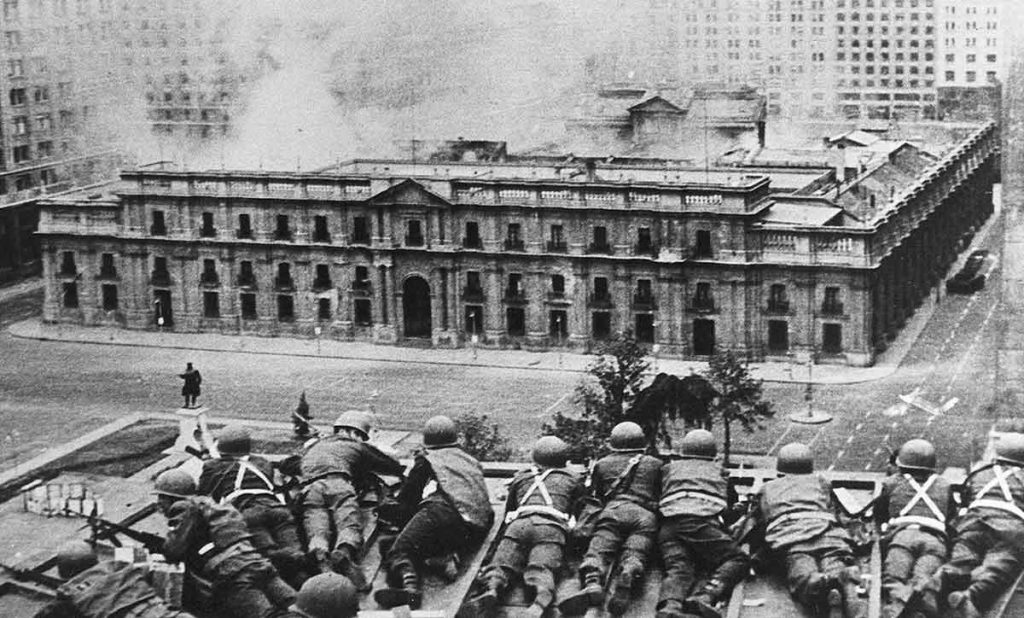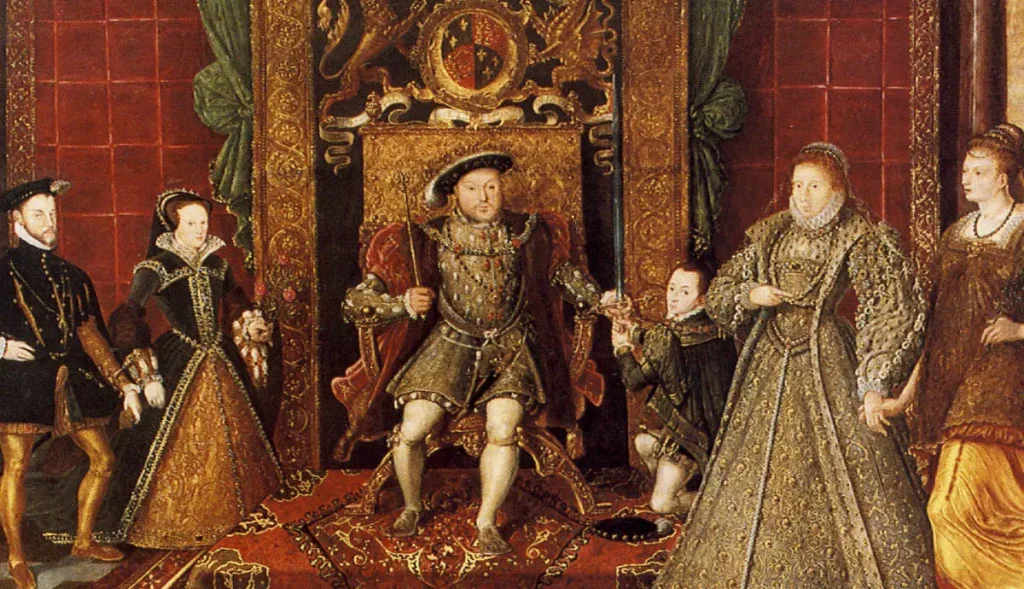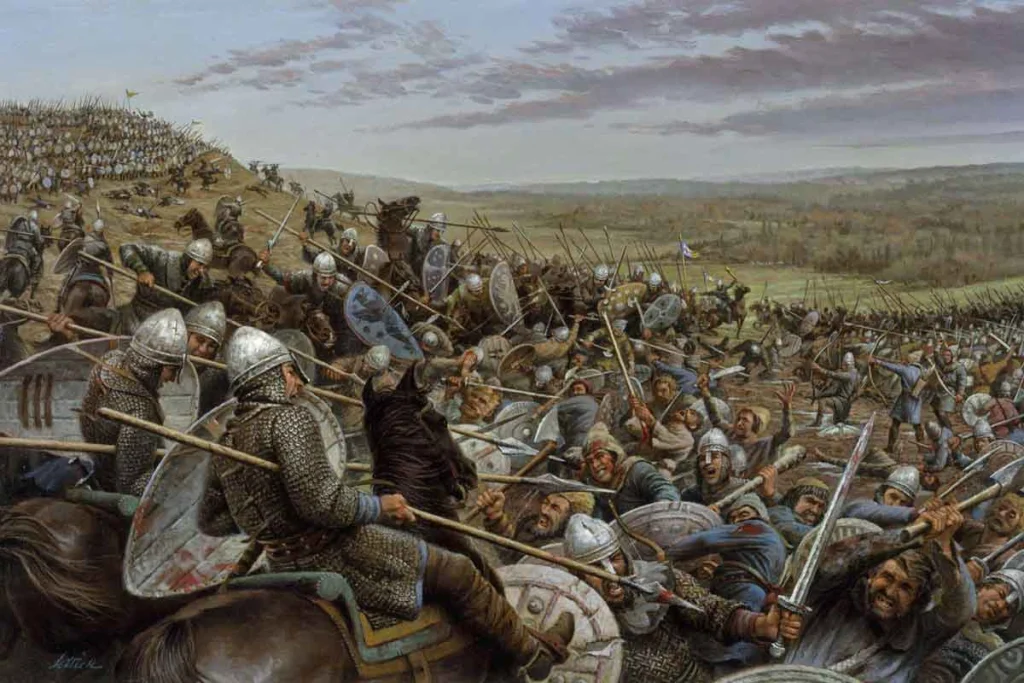Gaius Octavius Thurinus—better known to history as Octavian and finally Augustus—was born on 23 September 63 BCE into an influential but hardly pre-eminent equestrian family. His father, also Gaius Octavius, rose to the praetorship, while his mother Atia was Julius Caesar’s niece.
Young Octavius learned early how Roman politics revolved around family networks, reputation, and timely favors. When Caesar adopted him posthumously in his will (44 BCE), the nineteen-year-old gained a priceless political brand: “Caesar’s son.” The name alone could open doors otherwise barred to an untested teenager—yet it also painted a target on his back in a Republic already sliding toward civil war.
⚔️ The Road Through Civil War
After Caesar’s assassination, Rome fractured into rival camps. Octavian swiftly realized that moral outrage over murder would not be enough; he needed legions. Using personal loans and promises of veterans’ rewards, he raised an improvised army in Italy, forcing the Senate to take him seriously. Despite mutual mistrust, he joined Mark Antony and Marcus Aemilius Lepidus in the Second Triumvirate (43 BCE), a legally sanctioned three-man junta. Their brutal proscriptions eliminated enemies—most famously Cicero—but also funded the war machine needed to pursue Caesar’s killers into Greece.
The coalition, however, was never built for coexistence. As Lepidus faded, Antony and Octavian maneuvered for supremacy. Antony’s liaison with Cleopatra VII of Egypt—portrayed in Rome as an oriental queen bewitching a Roman general—gave Octavian the propaganda coup he needed. When war finally came, the decisive naval clash at Actium (31 BCE) saw Octavian’s admiral Agrippa outmaneuver Antony’s larger fleet. Antony and Cleopatra fled to Egypt and died by suicide the next year, leaving Octavian unrivaled.
👑 From Victor to “Princeps”
Victorious warlords before him had become dictators; Octavian chose a subtler solution. In 27 BCE he performed a master-class in political theater, “restoring” power to the Senate and People of Rome while they, in gratitude, bestowed on him the honorific Augustus—“the revered one.” Rather than wearing a king’s crown, he styled himself Princeps (“first citizen”), the polite fiction behind which the Principate—the imperial system—took shape.
Augustus retained ultimate command of the legions, control of Egypt’s vast revenues, and veto power over legislation, but he preserved republican rituals: magistracies, elections, debates. To traditionalists, Rome still looked like a republic; to practical observers, it was already an empire with a single center of gravity.
🏗️ Building a City Worthy of Empire
“I found Rome a city of brick; I leave it a city of marble,” Augustus later boasted—and the boast was almost fair. Massive public works served multiple goals: jobs for the urban poor, gratification for the elite, and visible proof that one man’s leadership could deliver results.
- Forum of Augustus: flanked by the Temple of Mars Ultor, celebrating vengeance for Caesar’s murder.
- Ara Pacis: the Altar of Peace, carved with reliefs of processions that placed Augustus’ family literally in the picture of Rome’s destiny.
- Roads, aqueducts, and grain ports: less glamorous but vital, they kept the capital fed, watered, and connected.
Rome’s makeover was more than vanity; it embedded the emperor’s name in stone while projecting stability after decades of chaos.
🌿 Pax Romana: Peace as Policy
With rival claimants dead or exiled, Augustus could turn swords into ploughshares—at least where it suited him. The Pax Romana (“Roman Peace”) was not universal pacifism—legions still campaigned in Spain, the Alps, and along the Danube—but it did mean that the Mediterranean core enjoyed an unprecedented stretch of order, standardized taxation, and secure trade routes.
Peace paid dividends:
- Population growth in Italian cities.
- Commercial boom as grain, wine, olive oil, and exotic luxuries moved along safer sea-lanes.
- Cultural cross-pollination—Greek art, Egyptian motifs, and Eastern cults found enthusiastic Roman patrons.
By promoting peace as his personal gift, Augustus cemented a reciprocal bargain: loyalty in exchange for prosperity.
📜 Moral Makeover and Social Legislation
Augustus knew Rome’s elites romanticized an austere past of dutiful farmers and modest matrons; he packaged his rule as a moral renaissance. Sumptuary laws curbed ostentatious displays; more controversially, the lex Iulia and lex Papia Poppaea penalized bachelorhood and rewarded larger families, aiming to boost native birth rates and reinforce traditional marriage.
Critics grumbled about state intrusion into bedrooms, but many ordinary citizens welcomed measures that leveled social competition—at least symbolically—between old patrician households and upstart nouveaux riches.
🌐 Propaganda, Art, and the Making of an Image
A talented circle of writers and artists turned Augustus’ life into Rome’s greatest brand campaign:
- Virgil’s Aeneid connected his dynasty to Aeneas and the gods, framing the emperor as the culmination of destiny.
- Horace’s odes praised rural virtue under a benevolent ruler.
- Livy’s history located Rome’s grandeur in a past that seemed to point naturally toward Augustus.
Official portraits standardized his image: eternally youthful, serene, almost divine. Even coins—Rome’s social media—carried subtle messages: victory wreaths, cornucopias, or twin heirs Gaius and Lucius to signal continuity.
🔄 Succession and the Problem of Mortality
Powerpersonality systems always face one existential question: Who comes next? Augustus cycled through potential heirs—Marcellus, Agrippa, Gaius, Lucius—only to outlive them all. Eventually stepson Tiberius, a capable if dour general, was adopted. By ensuring the legions swore loyalty to Tiberius while he was still alive, Augustus tested a mechanism that later emperors would refine: adoption and staged transfers of authority. The success was imperfect—Tiberius’ reign grew paranoid—but the transition proved Rome could survive the death of its first emperor.
🌟 Legacy: A Template for Power
When Augustus died in 14 CE at seventy-six, the Senate voted him divine honors, a final stage in the transformation from politician to god. His true legacy, however, was institutional:
- Stable Autocracy with Republican Veneer – an operating manual later emperors followed until the third-century crisis.
- Professional Standing Army – legions now served fixed terms, drew pensions, and were stationed on frontiers rather than in Italy, reducing coup risks.
- Imperial Bureaucracy – equestrians filled administrative posts, creating a career ladder loyal to the emperor rather than factional aristocrats.
- Cultural Golden Age – Latin literature reached heights studied two millennia later in classrooms worldwide.
- Enduring “Augustan Ideal” – from Charlemagne to Mussolini, leaders seeking legitimacy invoked Augustus’ blend of order, grandeur, and renewal.
Historian Tacitus, writing a century later, put it cynically: “Having seduced the army with bonuses, the people with cheap grain, and all men with the attractions of peace, he gradually accumulated power and called it Empire.” Yet even this critique underscores the genius of a ruler who understood that lasting authority must feel beneficial, even inevitable, to the governed.
🏺 Conclusion: Why Augustus Still Matters
For popular readers, Augustus’ story reads almost like a modern political thriller: teenage outsider inherits a legacy, outmaneuvers seasoned rivals, and builds a brand so strong it outlives him. But beyond drama lies a cautionary tale. The republic he ostensibly restored never returned; personal rule, however polished, replaced collective governance.
Questions that haunted Rome after Augustus—about power limits, media spin, moral legislation, and peaceful succession—remain urgent today. Studying the first emperor is therefore not antiquarian trivia; it is an invitation to ask whether our own systems balance ambition with accountability as deftly—or dangerously—as the man who turned brick to marble and republic to empire.









































